- Learning time
- 30 minutes
- First play time
- 90 minutes
Mariposas
Designed by: Elizabeth Hargrave
Mariposas is a game of butterfly travel and pollen collection.
The board shows North America, broken into hexes with each hex occupied by either a flower or a Waystation token (in the city hexes) that will be revealed by the first player to reach them. Players begin with a single butterfly in the south, at Michoacan, and in terms of the game’s narrative, fly north in migration, gathering flower tokens which they cash in for more butterflies as they go, before (one hopes) flying south again and hoping to reach Mexico again before the game ends: butterflies at Michoacan will score points. But there are other ways to score, as we shall see…
Over the three seasons of spring, summer and fall, players take turns moving their butterflies by playing movement cards. At the end of each season, the current generation of butterflies dies out, so each have a limited lifespan on the board. In terms of realising the ‘finish line’ of Michoacan with your fourth generation butterflies, the passage of play is simple: collect flowers (by landing on them) and cash in matching sets (or larger random sets) to birth a next-generation butterfly. You also get to add a butterfly for free at the end of spring and summer.
The more generation 4 butterflies you get back to Michoacan, the exponentially bigger your score. But each season also rewards points in different (randomized) ways to do with the number and location of your butterflies when the season concludes. The waystations also lead to points: landing a butterfly here lets you pick up life cycle cards showing the four stages of the butterfly (note: some waystations reward you with bonus movements instead) which come in three colours. Every lifecycle card worth a point (a potential 12 points in all) but collecting a set (all 4 of a colour) also triggers in-game or end-game benefits, such as an extra turn at the end of a game, or points for having all types of flower token.
The net result of this trio of divergent goals is choices to be made on both a strategic (Michoacan v Waystations v Season Goals) and tactical level: you only ever have two movement cards to choose from, and though there’s a fair amount of flexibility over their implementation on the board, you’ll almost inevitably find you can’t get as many butterflies to as many places as you’d like!
There’s also a seam of competition in the visiting of waystations: although anyone can go there and collect the lifecycle card – and players can share spaces – the first to arrive also collects a flower, decided on the roll of a die. Once Fall has been played to it’s conclusion, players tally points and the most wins!
The guru's verdict
-
Take That!
Take That!
None to speak of. There's no blocking of spaces, so the only remotely competitive dynamic is being first to a waystation
-
Fidget Factor!
Fidget Factor!
Broadly speaking, low. Each turn simply involves moving butterflies, collecting pollen, and *possibly* birthing a next-generation butterfly (there are specific spaces on the board for this).... however....
-
Brain Burn!
Brain Burn!
...factor in the tug-of-war of the three different scoring opportunities, and the game certainly presents decisions both strategic and tactical: it can be played fairly breezily, or with more chin-stroking thought and optimisation.
-
Again Again!
Again Again!
The board is always the same, but the waystation tokens (location) and season goals (distribution) change from play to play. Allied to the minimal hand of movement cards - only 2! - and you have considerable replay value.






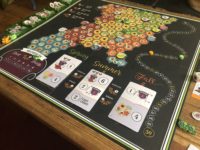
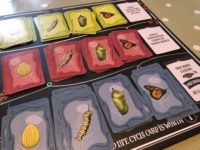


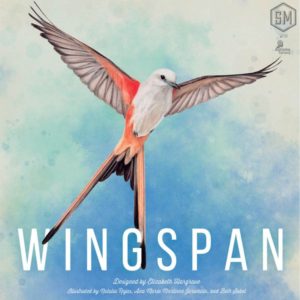
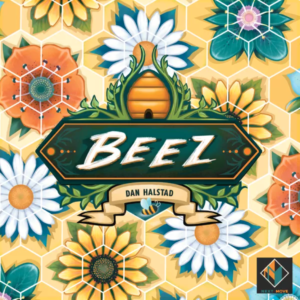
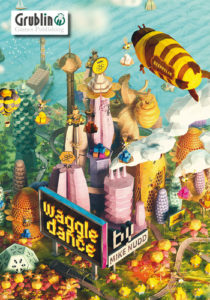


Sam says
Although Mariposas doesn't tick a huge some of the gaming type boxes for my personal preferences - laughter, combative play, high interaction - what I think is fantastic about it is the same as with the designer's previous title Wingspan: a clear love and appreciation for the subject matter that comes through in the experience of play. It's also delightfully presented and very accessible: a great family game, or pleasing puzzler for those who like their games gently competitive rather than in-your-face boisterous. It's far less intimidating than the several pages of rules might make it first appear, with a very simple heart of collecting flower tokens that the randomized goals build a little intricacy around.